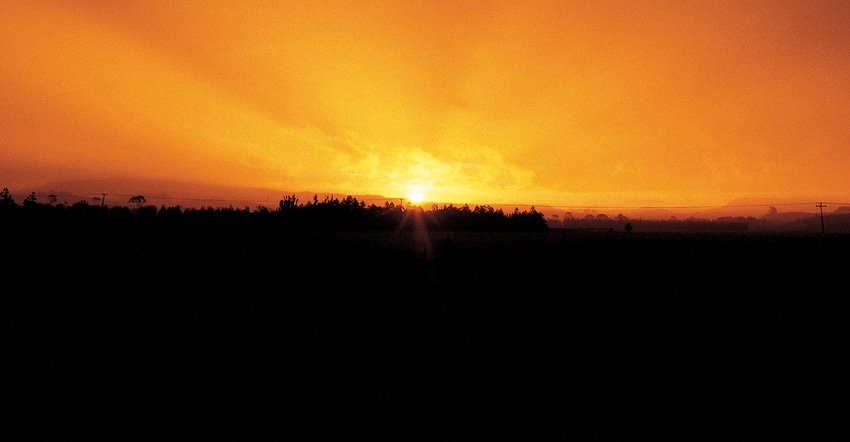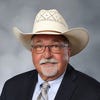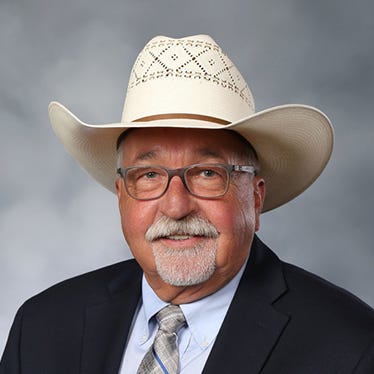September 7, 2018

Having been involved in the livestock industry for my entire life, I know the vast majority of producers go above and beyond what’s expected to provide their animals with the best care that is absolutely possible. For a cattleman to purposefully mistreat or abuse the source of his livelihood makes about as much sense as a new-car dealer going around with a small hammer and deliberately putting dents in his automobile inventory, or for a clothing store owner to take a knife to a new line of men’s suits. But, there’s always the chance that one bad apple could rot the entire barrel, so when I saw a headline that read: “Hidden camera shows widespread abuse at local dairy,” I cringed.
When I clicked on the heading “WARNING — GRAPHIC CONTENT! These videos show cows being thrown to the ground, dragged and shackled,” the first thing I noticed was that the video was provided by one of our favorite animal rights groups. The second thing I discovered was that it was not recorded by some kook with a hidden camera, but rather a hack into the dairy’s video recording system that is always on, so the manager can monitor the cows and employees 24 hours a day.
As the video began, the camera showed a caretaker assisting a cow with a difficult birth by attaching OB straps to the calf’s legs and pulling it out of the cow. When the calf did come out, it fell on, what looked like to me, about a foot deep of fluffy, clean straw. Once the calf was on the straw, the worker dragged the calf (again, through clean straw) about 10 feet from the rear of the cow to begin drying the newborn with a clean towel. The next clip showed the worker putting a tube down the mouth of a newborn to “force feed” the calf, and the last one was only a still photo of a cow “with her legs shackled.”
If the news site, or the animal rights group, knew anything about cattle or had done even the least bit of research, they would know that calving difficulty is fairly common, and without assistance from a veterinarian or other caretaker, the calf, cow or both could die. If they had ever helped deliver a calf, they would also know that the reason the newborn was dragged a few feet away from its mother to be cleaned is that within a few moments after calving, the area directly behind the cow is going to be splashed with substances that my reading audience doesn’t need to have described.
The esophageal feeder (the plastic tube placed down the mouth of the newborn) is sometimes required for difficult births because the calf’s tongue may have swollen during the process and it can’t (or won’t) suck for few hours. If the calf doesn’t get nourishment within the first few, critical hours, its chance of survival is greatly reduced.
So, I ask you, are these examples of animal abuse, or are they illustrations of the work and care involved to assure the animals live and thrive? We need to educate nonfarmers.
As for the hobbles on the cow, they are sometimes necessary (on a small percentage of cows) for first-timers being acclimated to the milking parlor to prevent kicking. They are only on the cow for the 10 minutes it takes to milk her and usually needed only for the first few milkings. While viewing that picture, I couldn’t help but think that this farmer could have offered the photographer a real learning experience by allowing him to take an extreme closeup, from directly behind a cow on her first visit to the milking parlor — without the hobbles.
Crownover writes from Missouri.
About the Author(s)
You May Also Like






